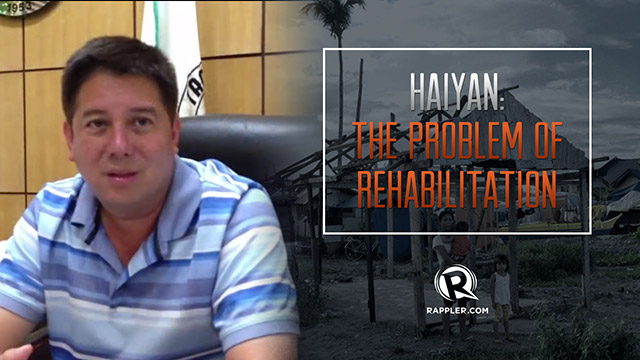SUMMARY
This is AI generated summarization, which may have errors. For context, always refer to the full article.

MANILA, Philippines – Rappler speaks to Tacloban Mayor Alfred Romualdez about the state of rehabilitation efforts in his city of 250,000 residents.
Six months after Super Typhoon Yolanda (Haiyan), the absence of a comprehensive development plan and the sluggish progress in rebuilding the hard-hit city and surrounding areas are still the subject of criticisms.
The numbers from the region are alarming. In Eastern Visayas, where Tacloban is the commercial hub, some 130,000 people are still homeless and 5.2 million are searching for livelihood. (READ: Yolanda survivors after 6 months: Homeless, jobless, hungry)
A study conducted in Tacloban in 2011 and 2013 found that the city is most susceptible to the effects of climate change because of its location, susceptibility to land subsidence, and the environmental stress of urbanization. If it wants to build back better, then Tacloban has to factor in these findings as it rebuilds. (READ: What made Tacloban so vulnerable to Haiyan?)
Can we blame the local government for the slow progress of rehabilitation? Romualdez said in an earlier interview with Rappler, “See what’s happening on the ground, and you decide.”
Watch Romualdez discuss the progress Tacloban City has made since the world’s strongest typhoon and the challenges it continues to face.
– Rappler.com
Add a comment
How does this make you feel?
There are no comments yet. Add your comment to start the conversation.